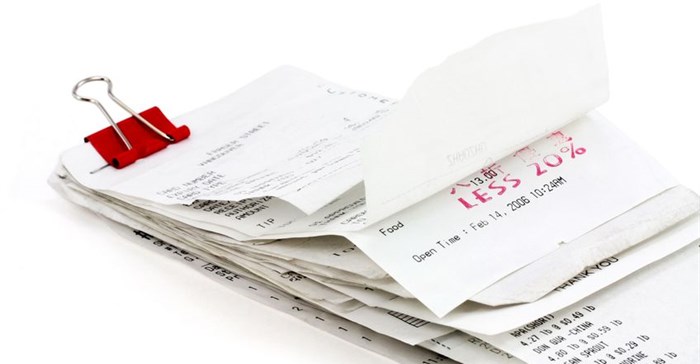
Real retail sales growth for October continued to record a reasonably healthy growth rate under the weak economic circumstances. From a revised 3% year-on-year growth rate for September, October's rate rose slightly to 3.3%. This remains very healthy considering a third-quarter real economic growth rate of nearer to 1%.
Cutting out data volatility by looking at the three-month moving average, year-on-year growth remained unchanged at 3.3% for the three months to October.
The still-reasonable real growth is in part about reasonable nominal sales growth, which measured 7.3% year-on-year in October, but also still very much about low retail price inflation of 3.9%, contained by a broader benign inflationary environment that currently persists in South Africa.
However, after a steady slowing trend since late-2014, retail price inflation may have just started to turn the corner higher (following CPI inflation upward) in October, up from 3.7% year-on-year in September to 3.9%. Should it indeed begin to drift higher, as the inflation-dampening impact of the 2014/early-2015 commodity price slump wears thin, this could gradually begin to eat into disposable income growth and thus real retail sales growth through 2016.
For the three months to October, the retailer category with the fastest year-on-year real sales growth was the broad 'Other Retail' category with 5.2%. This was followed by Textiles, Clothing, Footwear and Leather with 5.1%, and 'Pharmaceuticals, Medical Goods, Cosmetics and Toiletries' with 4.6% growth. 'General Dealers' were also solid, with growth of 4.1%. 'Specialised Food, Beverages and Tobacco Stores' fared poorly with 1.4% growth.
The more cyclical categories of 'Mainstream Retail', however, point the way towards weakness. These are the housing-related retail categories, and they can often be useful leading indicators of slower real retail sales growth to come.
Typically, a leading area of consumer demand in the cycle is the area of durable goods consumption. Household furniture, appliances and equipment retail falls strongly into this Durables category, and declined by -6.1% year-on-year for three months to October in real terms.
This seems to tie in with a steady slowing in the growth rate of real durable consumption expenditure, as per the SARB quarterly data, which also dipped into negative growth territory in the third quarter of 2015.
The other residential-related retail category, i.e. Real Hardware, Paint and Glass Products Retailers, has not yet reached negative territory, but has seen its growth slow sharply from a high of 9.7% year-on-year for the three months to April, to a mere 1.2% by October.
The steady slowing in growth in the latter two retail categories, I believe, are the first to reflect slowing real household disposable income growth and deteriorating consumer confidence.
These two sectors are not the only possible leading indicators of where retail sales growth may be headed soon.
The other key area of retail, which falls outside of 'mainstream' retail, is vehicle and related retail sales. This is always regarded as a 'leading' part of the economy, and in nominal terms had slowed to a dismal 1.8% year-on-year as at October, almost certainly a negative growth rate in real terms.
Therefore, despite the overall real retail sales growth rate remaining relatively solid in a weak economic environment, the typically more cyclical areas of retail appear to be pointing to near-term weakening to come.
These indicators, along with further year-on-year decline in the SARB Leading Business Cycle Indicator in recent months, continue to lead us to expect real retail sales growth to slow into the 1% to 2% range in 2016, ultimately more into line with sluggish economic growth.
Under the current growth rates, have we been creating a big oversupply of retail shopping space? Not yet, perhaps. Taking retail sales numbers, we find that, as at the third quarter, the ratio of additional real retail sales/square metre of new retail space completed, has remained positive since 2010.
However, a concern should be the very noticeable rise during 2015 in square metres of new retail space plans passed. That, with a possible retail sales growth slowdown, could quite easily cause this ratio to turn negative in 2016.